This Review discusses the treatment and management of non–cystic fibrosis bronchiectasis in adults.
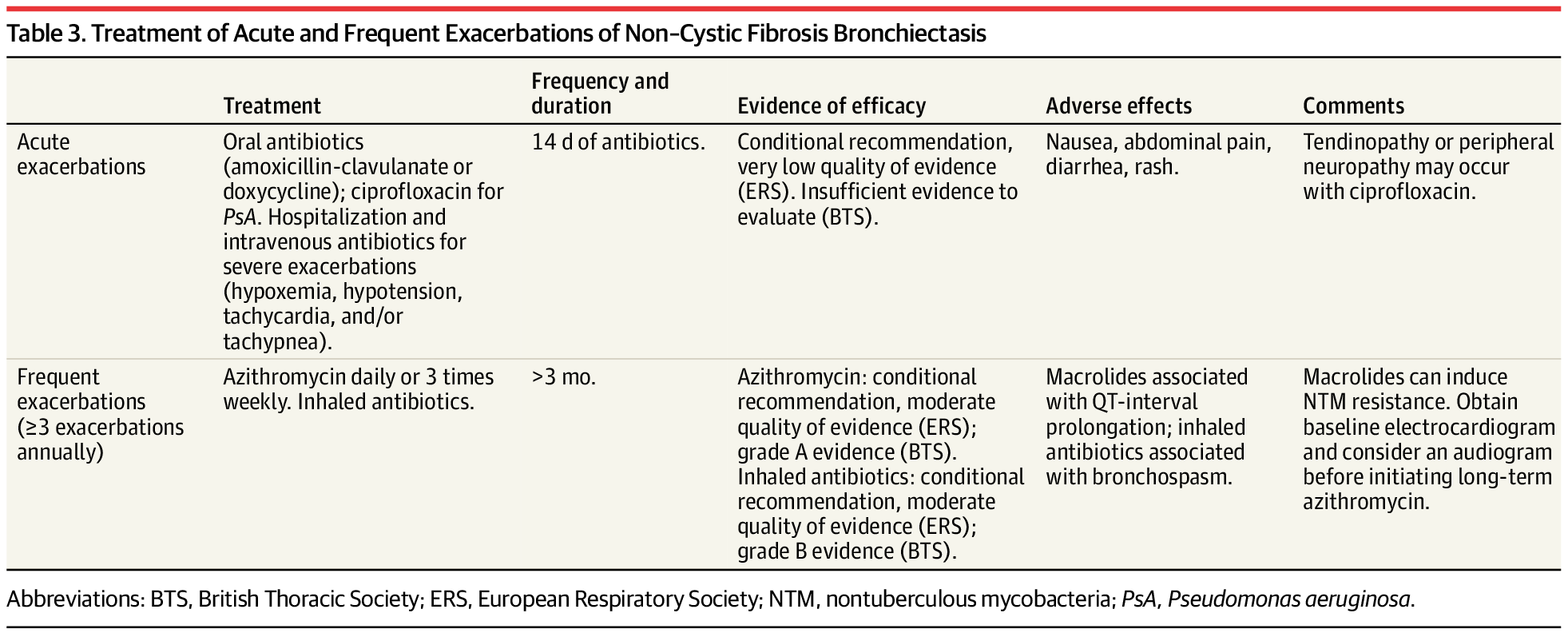

Unlock the secrets of fungal computing! Discover the mind-boggling potential of fungi as living computers. From the wood-wide web to the Unconventional Computing Lab, witness the evolution of mushroom technology.
Got a beard? Good. I’ve got something for you: http://beardblaze.com.
Simon’s Social Media:
Twitter: / simonwhistler.
Instagram: / simonwhistler.
Love content? Check out Simon’s other YouTube Channels:
Fiona Cauley ( https://www.fionacauley.com ) is a Nashville-based comedy superstar who uses her comedy for a greater purpose – to raise awareness about her r…
Join us on Patreon! https://www.patreon.com/MichaelLustgartenPhDDiscount Links/Affiliates: Blood testing (where I get the majority of my labs): https://www.u…
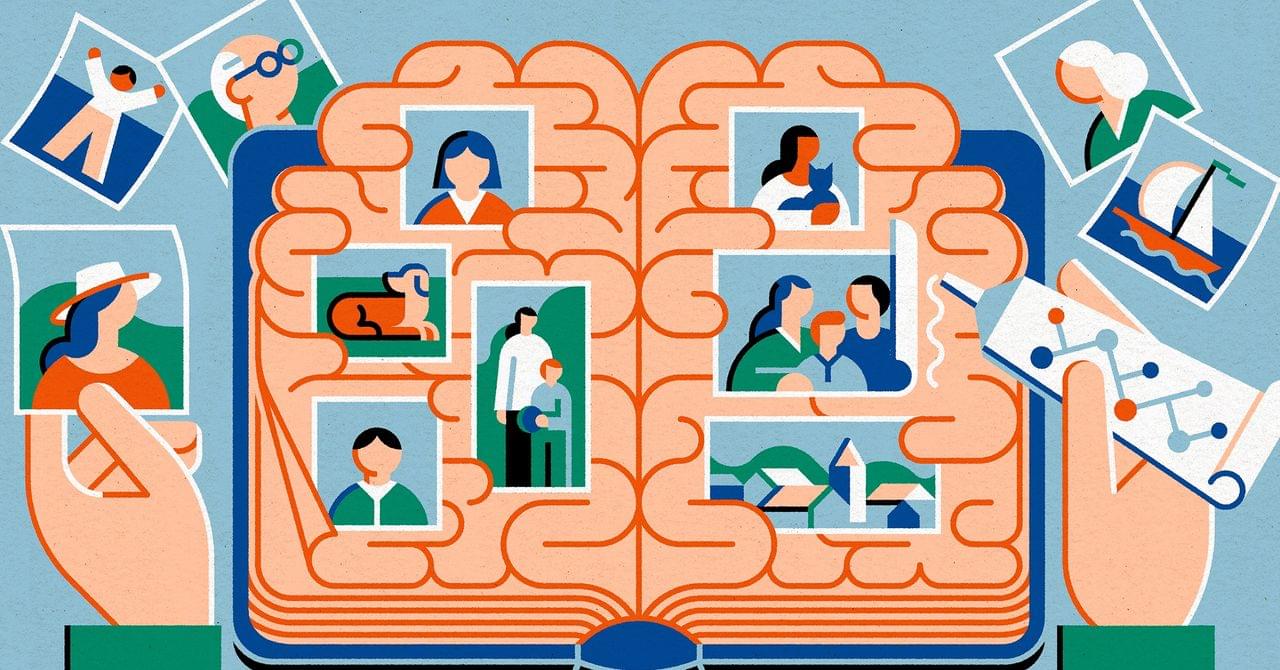
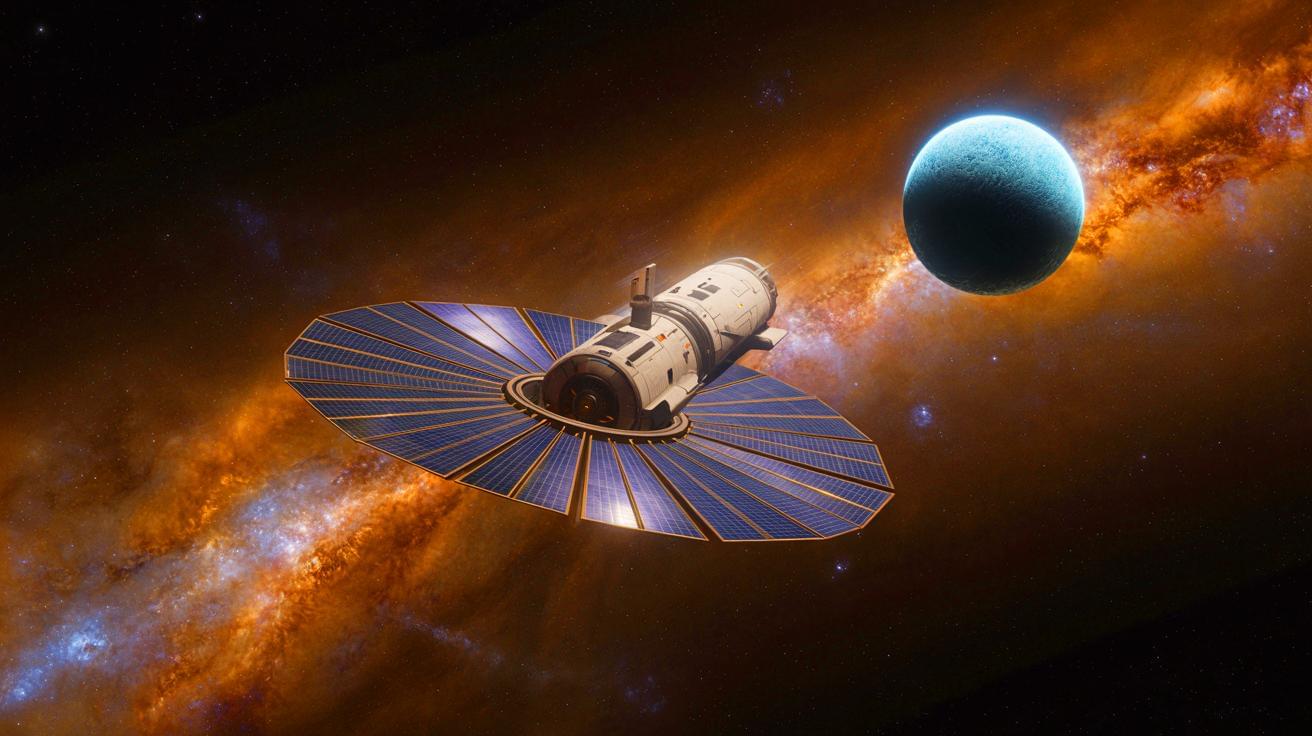
IN A NUTSHELL 🚀 Scientists are developing two experimental propulsion methods—nuclear fusion and solar sails—to reach Sedna. 🌌 Sedna, named after the Inuit goddess of the ocean, offers a rare chance to explore the outer solar system. 🔬 Exploring Sedna could unlock insights into the early solar system and the formation of celestial bodies. 🌍
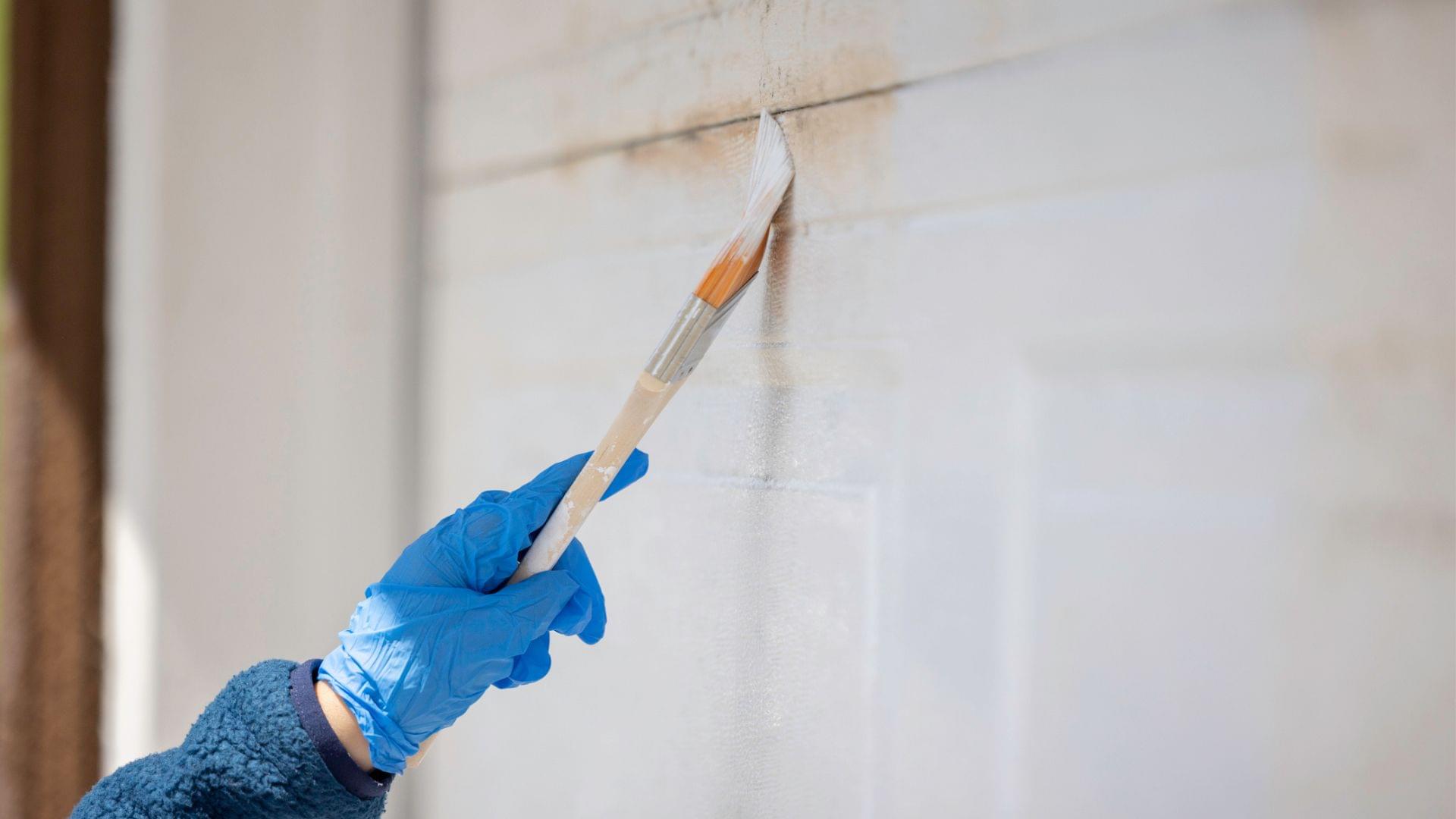
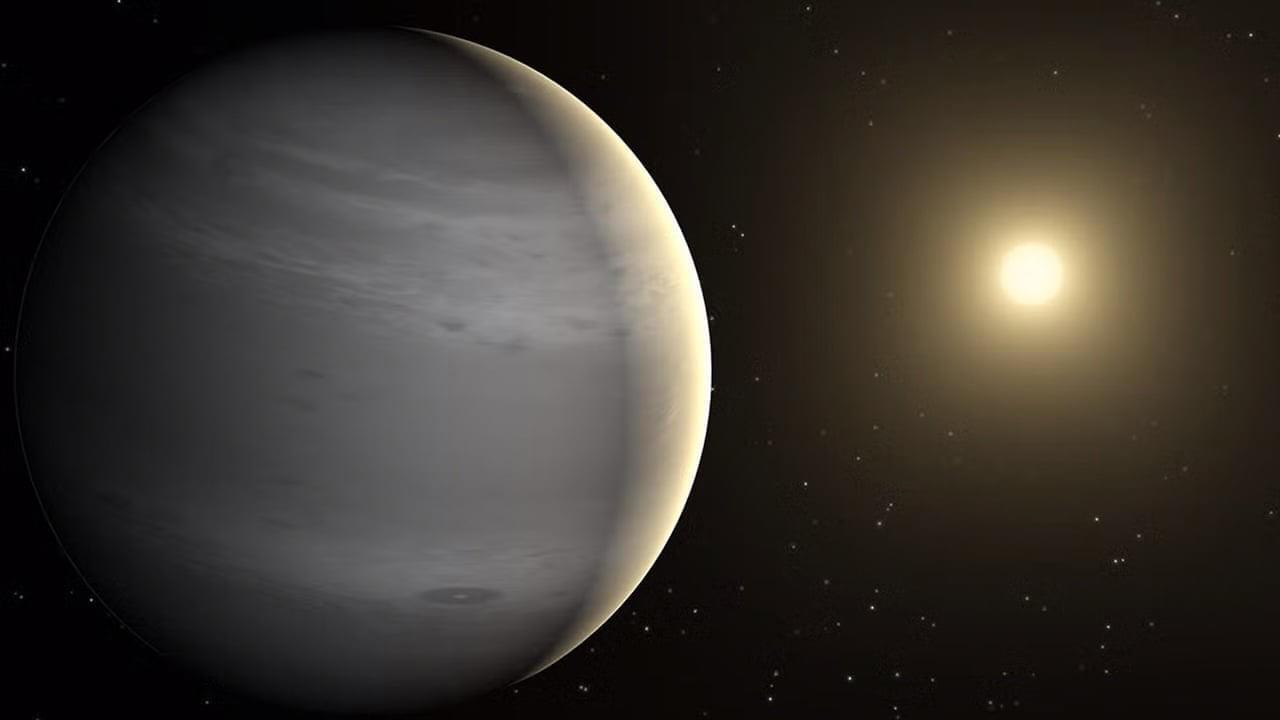
A new sensing system called SonicBoom could help agricultural robots navigate cluttered environments where visual sensors struggle.
Developed by researchers at Carnegie Mellon University, SonicBoom uses tiny contact microphones to sense sound and localize objects that a robotic arm touches.
Interestingly, these robots could help farmers harvest crops even in increasingly challenging conditions, such as rising temperatures.
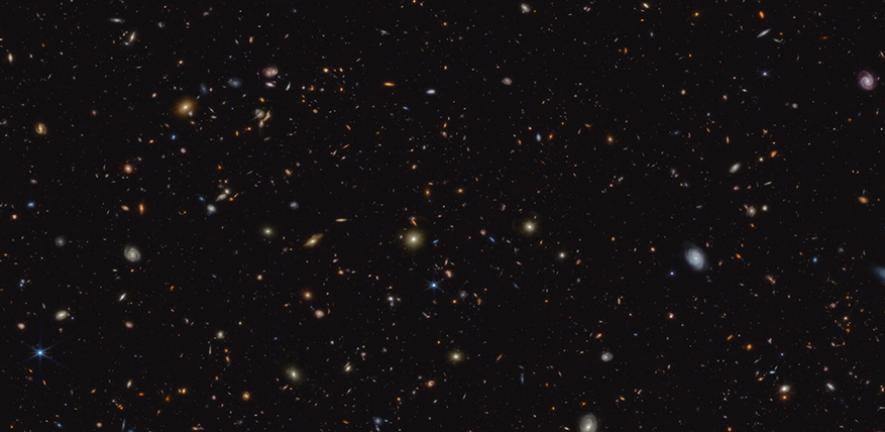
Understanding how the universe transitioned from darkness to light with the formation of the first stars and galaxies is a key turning point in the universe’s development, known as the Cosmic Dawn. However, even with the most powerful telescopes, we can’t directly observe these earliest stars, so determining their properties is one of the biggest challenges in astronomy.
Now, an international group of astronomers led by the University of Cambridge has shown that we will be able to learn about the masses of the earliest stars by studying a specific radio signal—created by hydrogen atoms filling the gaps between star-forming regions—originating just a hundred million years after the Big Bang.
By studying how the first stars and their remnants affected this signal, called the 21-centimeter signal, the researchers have shown that future radio telescopes will help us understand the very early universe, and how it transformed from a nearly homogeneous mass of mostly hydrogen to the incredible complexity we see today. Their results are reported in the journal Nature Astronomy.